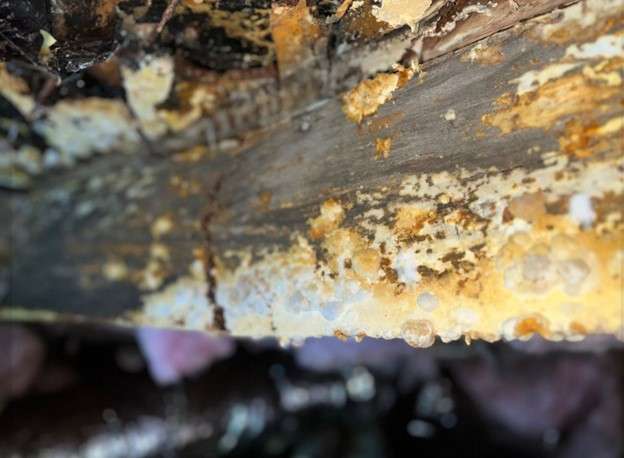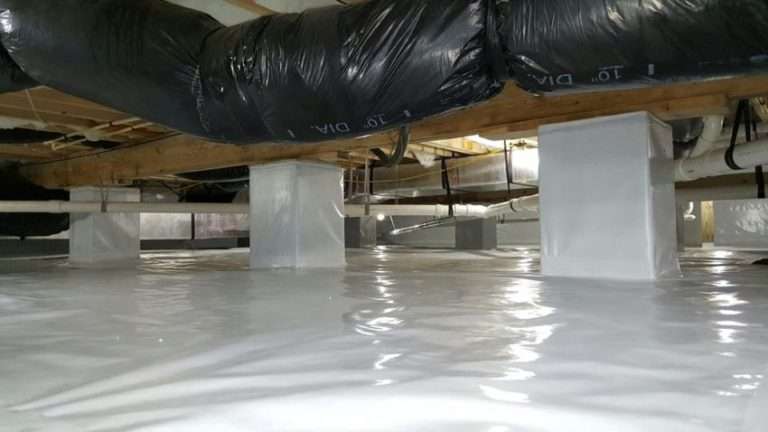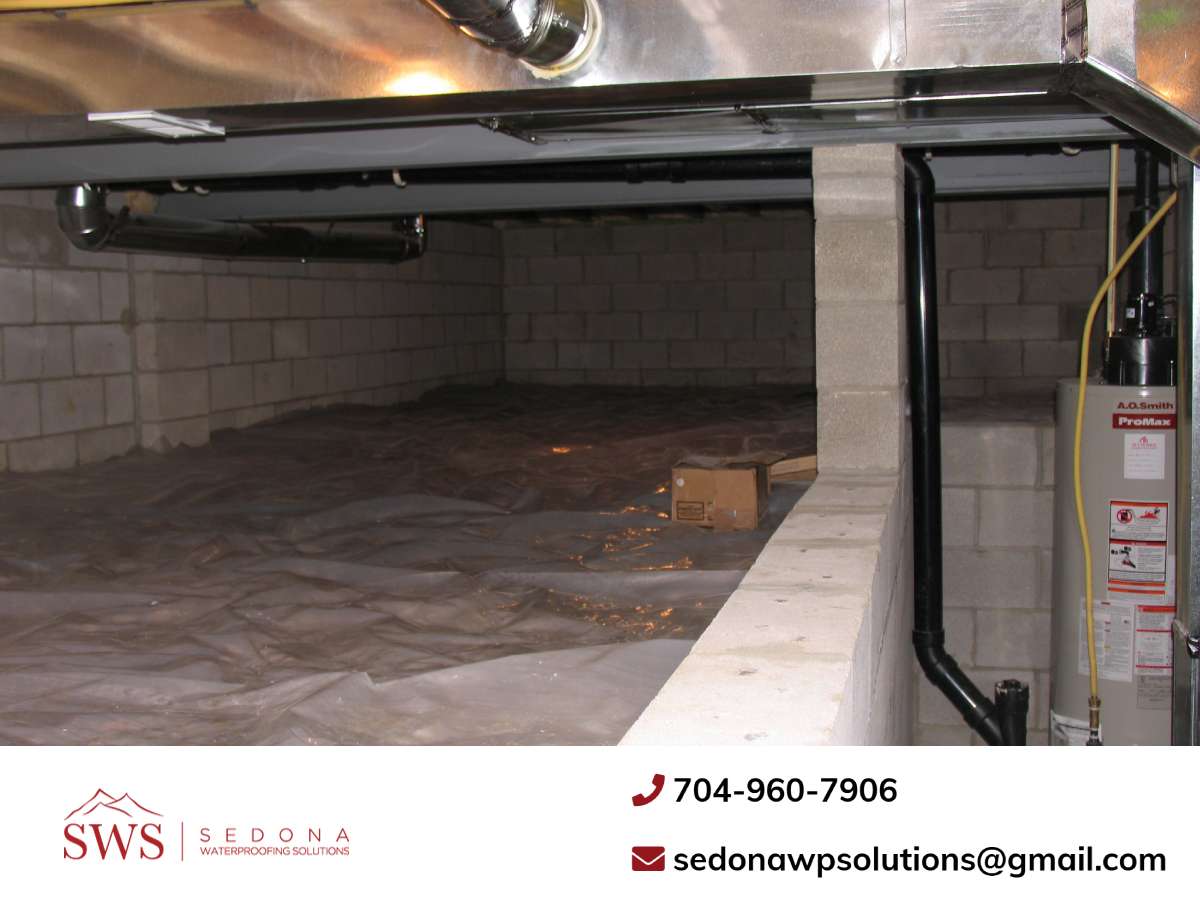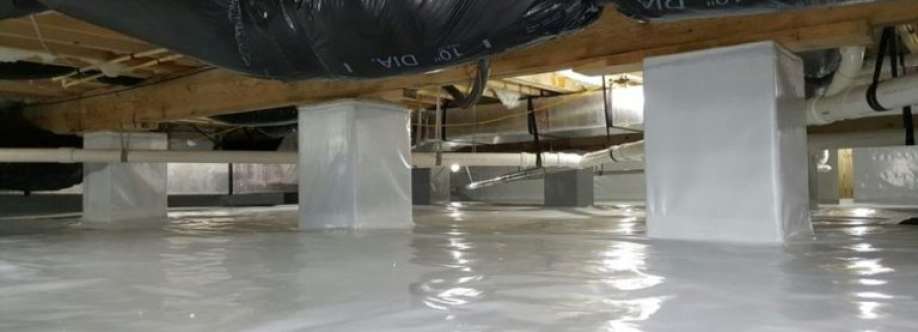Mold in the Shadows: How Hidden Growth Beneath Your Home Can Weaken Its Structure
Mold in Crawl Spaces: A Silent Structural Threat
In the dim, damp recesses beneath many homes, mold finds the perfect environment to thrive. While the musty smell and potential health concerns may get the most attention, the real danger often lies deeper, mold can quietly degrade wood support beams, floor joists, and subflooring over time. Homes in regions with frequent rainfall, poor drainage, or high groundwater levels are especially at risk. Recognizing the early signs and acting quickly is key to protecting both your home’s air quality and its structural integrity.
How to Recognize Mold in Crawl Spaces
Mold isn’t always obvious. Here’s what to watch for:
· Visible discoloration: Look for patches ranging from dark gray and black to green on joists and subflooring.
· Musty odor: A persistent earthy smell, especially after rainfall, is often the first sign of active mold colonies.
· Condensation: Moisture on foundation walls or pipes is a red flag that conditions are ripe for mold.
· Humidity levels: Mold thrives when relative humidity exceeds 60%.
Professionals offering mold inspection in Charlotte NC often use moisture mapping and thermal imaging to detect hidden issues, typically ranging from $200 to $400. These inspections are invaluable in identifying sources of dampness and mapping out treatment options.
Why Mold Threatens Structural Stability
Mold damages wood from the inside out. Here’s how:
· It feeds on cellulose, the organic material found in most framing wood.
· Enzymes break down the wood’s cell structure, slowly softening and weakening beams.
· Over time, weakened joists and beams begin to flex, sag, and create structural misalignments.
This process can occur silently for months before visible signs like sagging floors, creaking sounds, or sticking doors appear.
Accelerated Decay from Fungal Invasion
Unchecked mold can invite more destructive wood-decay fungi, including:
· Brown rot: Causes wood to shrink, crack, and crumble.
· White rot: Destroys both the cellulose and lignin in wood, leading to soft, spongy framing.
Once structural damage occurs, repairs can become expensive:
· Joist or beam replacement: $50–$75 per linear foot.
· Extensive restoration: Thousands of dollars when combined with labor, permits, and carpentry.
Smart Prevention Starts with Moisture Control
Effective mold prevention always starts with managing moisture. Homeowners should consider the following steps:
· Install a thick vapor barrier over exposed crawl-space soil.
· Maintain proper yard grading to slope water away from the foundation (minimum 5% slope).
· Keep gutters clear and extend downspouts at least five feet from your home.
· Use a crawl-space dehumidifier to keep humidity below 50%.
· Add ventilation fans with humidity sensors to encourage air circulation.
· Routinely remove organic debris like leaves or wood chips from crawl spaces.
These simple steps help eliminate the environment mold needs to survive.
When Mold Takes Hold: Professional Remediation Matters
If an infestation becomes visible or spreads, DIY cleaning won't be enough. Certified professionals follow a multi-step process to eliminate mold safely:
· Mechanical scraping of contaminated wood surfaces
· HEPA-filtered vacuuming to capture spores
· Application of EPA-registered antimicrobial treatments
· Optional encapsulation systems to seal walls, piers, and subflooring
These treatments can range from $1,500 to $5,000, depending on crawl-space size and mold severity.
For peace of mind and long-term protection, consider hiring the best crawl space mold remediation Charlotte NC provider. Their services typically include moisture diagnostics, structural inspections, and customized encapsulation solutions to keep your home safe and mold-free.
Final Thoughts: Take Mold Seriously, Act Proactively
Mold in your crawl space isn’t just a nuisance—it’s a risk to your home’s structure and your family’s health. It eats away at wood framing, attracts more damaging fungi, and can turn small issues into major repair jobs if left unaddressed. With regular inspections, targeted moisture control, and help from experienced professionals in mold remediation in Charlotte NC, you can preserve the strength and safety of your home.
Schedule a professional mold inspection every two years to catch early signs of trouble and maintain dry, healthy crawl-space conditions.
Your home deserves more than quick fixes. Proactive care today means fewer headaches tomorrow














